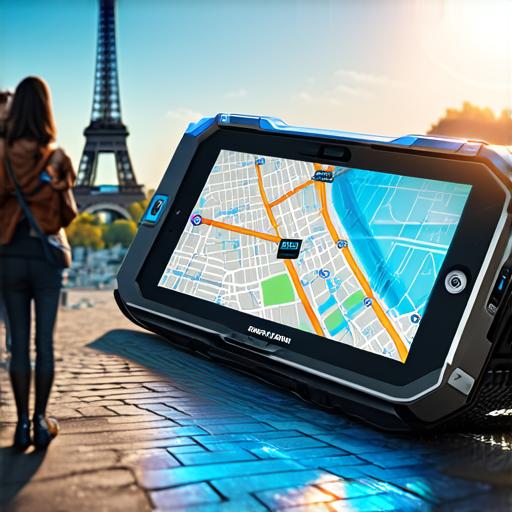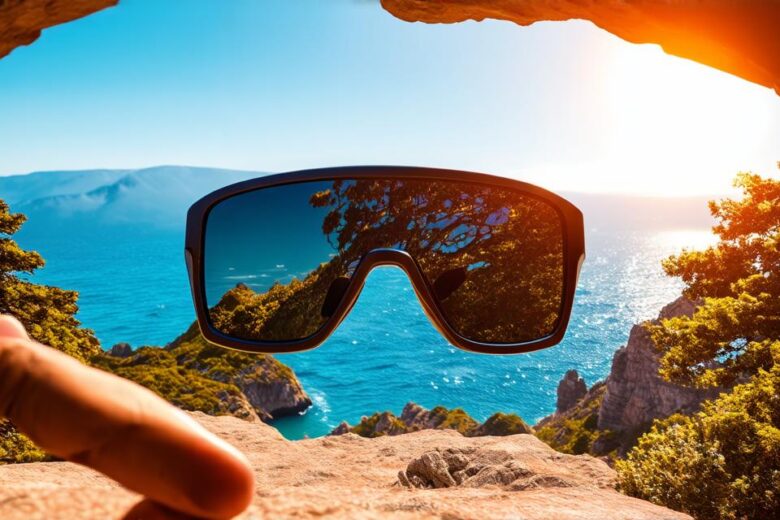Augmented reality (AR) technology has been rapidly changing the way people interact with their surroundings in recent years, and the tourism industry is no exception. AR is a form of interactive digital technology that overlays digital information onto the real world, allowing users to experience a virtual world within their physical environment.
Enhanced Experiences
AR technology allows tourists to explore new places and learn more about them in an immersive way. For example, many museums and art galleries now offer AR tours that allow visitors to see exhibits in a more interactive and engaging way.
AR-enabled smartphones can be used to scan paintings or other artwork and bring up additional information about the piece, including its history, provenance, and significance. This helps tourists gain a deeper understanding of the art and culture they are experiencing, making for a more memorable and enjoyable visit.
Improved Accessibility
AR technology also has the potential to improve accessibility for people with disabilities or those who have difficulty navigating unfamiliar environments. For example, some hotels now offer AR-enabled room guides that use voice commands to provide information about nearby attractions, restaurants, and shops.

This makes it easier for guests with visual impairments or other disabilities to navigate the area without assistance. Additionally, AR can be used to create virtual tours of museums or historical sites, allowing visitors who are unable to physically visit these locations to experience them in a more immersive way.
Increased Engagement
AR technology can also increase engagement and encourage tourists to spend more time exploring new places. One example of this is the use of AR-enabled scavenger hunts or treasure hunts, which encourage visitors to explore different parts of a city or attraction in search of hidden items or clues.
These scavenger hunts are often designed around specific themes or historical events, and can be tailored to suit different age groups or interests.
In addition, AR technology can also be used to create interactive games or simulations that allow tourists to experience new activities or adventures. For example, some hotels now offer AR-enabled escape rooms, which challenge visitors to solve puzzles and complete tasks within a virtual environment.
This not only provides a fun and engaging activity for tourists, but also encourages them to interact with the hotel and its surroundings in a more meaningful way.
Conclusion
Augmented reality technology is transforming the tourism industry in numerous ways, from enhancing visitors’ experiences to improving accessibility and increasing engagement. As AR technology continues to evolve and become more widely available, it will likely play an increasingly important role in shaping the future of tourism. Whether you are a tourist or a hotel owner, there is no denying that AR has the potential to revolutionize the way people experience and interact with the world around them.
